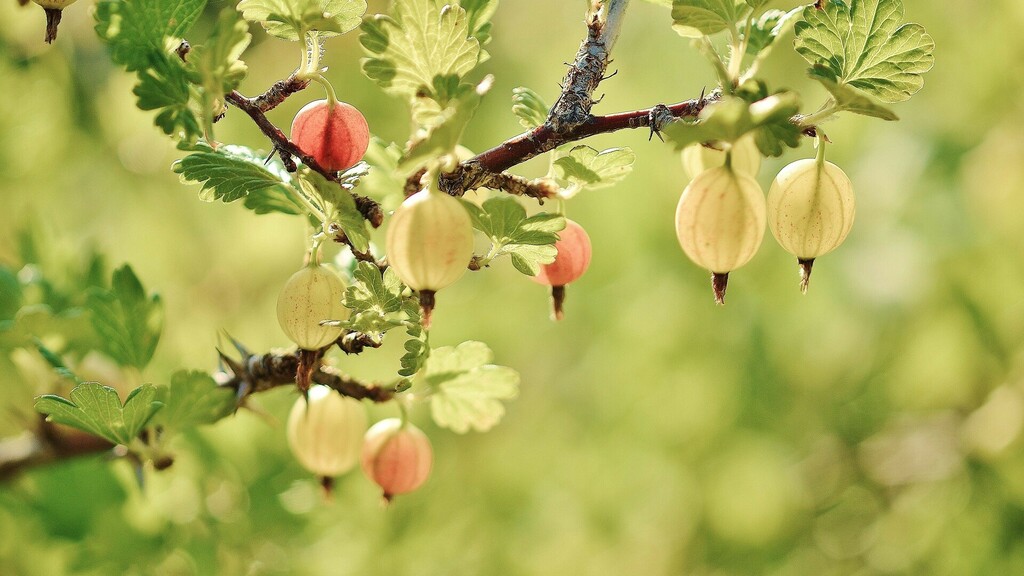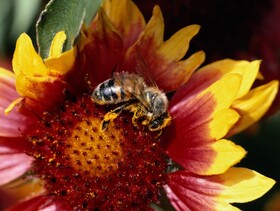


Materials needed: spade, tape measure, plants, compost.
Additionally useful: impregnated charcoal for plants, a bucket of soil from the forest or a good bed
A good location is the basis for a thriving Dynamic Agroforestry. The ratio of light and shade is important. As a guideline, you can check where the sun is at noon and how much sun shines on the bed. The following information applies:
The bed has during the day
If a large part of the plot is exposed to full sun, this must be taken into account when planting and shade trees must be placed. On the other hand, if the plot is always in the shade, plants that need a lot of sun would suffer. In general, the better the soil is, and that means especially the richer the diversity of microorganisms, the more likely the plants will be able to compensate for a lack of light.
Wind also plays a big role, especially in the beginning. If the wind blows frequently and strongly at the plot, then young plants must be protected and new plants must be placed in the lee of other plants. You should also get an idea of the surroundings. Does much thrive around the plot or is there wasteland? Is there a road right next to my site or is the plot in nature and there are many bees, earthworms and other animals that use my plants?
The three principles in Dynamic Agroforestry are: Diversity, Density and Pruning.
Diversity is not only about the species and types of plants. One must also properly combine the plants in terms of their extension above and below (roots) the soil. The principle of density refers mainly to placing the plants close to each other. This way they can benefit from each other. The important thing here is to put plants together that harmonize well with each other. The diversity of plants and the high density of planting provide organic material and diverse liquid carbon in the soil. During pruning, the dynamics in the agroforestry become apparent: biomass is generated through targeted intervention, hidden plants get more light again, the dynamic agroforestry can be controlled and the plants grow back more. The biomass and mulch material absolutely remain in the system.
In addition to the three principles, there are some useful plants that ideally should be included to further strengthen the entire system:
Deep holes are mandatory for a good start. As a guide, the dimensions for trees are approximately 1 x 1 x 1 m, for shrubs 50 x 50 x 50 cm and for plants, depending on their size, somewhat less.
The advantage of doing this conscientiously: you get to know the soil better right away. Soil consists mainly of mineral substances, and three main types of soil are distinguished: Light sandy soils, medium clay soils and heavy clay soils. The finer the minerals, the more likely it is clay; the coarser, the more likely we are talking about sand. Depending on the soil type, other priorities can be set for building a healthy and fertile soil.
A simple test will show what kind of soil you have in your garden:
Moreover, when digging the soil, stones and obstacles can be sorted out directly, and then the roots will find loose and nutritious soil for a quick start. It is important to dig out the top 20 cm of the soil separately. Thus, in the upper layers of the soil you will find a different microclimate and organisms than in the soil below. Therefore, this soil should definitely be reapplied at the end as the top layer.
As for the quality of the soil, it can be roughly divided into 3 categories:
The best soil is the one with humus, for the others you should incorporate more mulch (compost) accordingly. Earthworms are always a good indicator of good soil.
Mix the topsoil (the top 20 cm) and remaining excavated earth with compost respectively. If available, impregnated plant charcoal should be mixed in. Here you can find instructions for making the plant charcoal. It is important that the charcoal is impregnated with plant sap or similar. The topsoil should be dug over the entire area of the plot.
It also makes sense to mix microorganisms under the excavated soil. There is a simple trick for this: mix good compost and forest soil from a species-rich forest with each other and also, if available, mix in fresh cow dung or horse manure from animals kept on pasture. However, it also works without manure. Immediately before application, enough water should be poured into the mixture so that it is very liquid and can be easily spread over the soil with a watering can or sprayer. After that, the soil should be covered again directly. The richer the soil is in microorganisms, the better off the plants will be.
Whether the soil is sand, silt or clay, organic material is good for any soil. Sand with more organic material can hold water better. Clay with more organic material becomes more permeable to water. Material to cover the soil can be the leaves in the fall, a well-matured compost, tree trimmings from the hedge, kitchen scraps, an old hay bale from the neighboring farmer. Neither bark mulch should be used, it is too acidic, nor material from coniferous trees. The important thing is: the soil should never be bare. And the less you disturb it, the less you dig, trench or plow it, the better. Also, when laying out the plot, organic matieral is distributed around the plants. The rule here is to leave 5-10 cm of space from the trunk of the plants.
Now it starts - trees, shrubs and everything else is planted.
First, start with the largest plants. Their distance from each other is important and should not be too small, otherwise they will interfere with each other. In the second step, the rest of the plants are distributed around the plot and planted, the planting plan provides guidance. Last but not least, the seeds are scattered and lightly pressed.
Trees especially need a lot of water at the beginning. Therefore, at the beginning, you should pile up soil towards the trunk, creating the shape of a small cone, and then draw a watering ring around it. The ring around is ideal for watering roots. It is important that the trunk is not in the water. Watering is an important issue in the first 14 days. The soil should always be moist, mulch material helps immensely. If the soil is dry, you should re-water accordingly.
With this knowledge, you can create your own planting plan.